Scottish Water has announced a new initiative to harness nature to help reduce flooding in communities during extreme rainfall caused by climate change.
It is investing in solutions using the natural environment - often called 'blue green' infrastructure - on a range of pilot projects across Scotland.
The projects combine natural features such as ponds, wetlands, swales, green roofs, raingardens, restored river channels, trees and property-level planters and water butts with engineered solutions like pipes and drains.
By mimicking the way water flows in nature, this new strategy can reduce the amount of rainwater that enters the sewer system to help reduce overflows and flooding. It can also improve the environment in our watercourses, while enhancing biodiversity for wildlife and making better places for communities to live.
Grant Vanson, leading the nature-based approach at Scottish Water, said: "By reducing the amount of rainwater that enters the sewer system we can reduce the frequency and severity of flooding from the sewer network.
"Scotland is facing increasing challenges from extreme weather events and climate change. We've all noticed the increase in the number of storms, rainfall, and flooding events.
"Our traditional drainage systems are not designed to cope with such volumes, so we must look at a more sustainable and holistic approach to managing rainwater.
"We will always need pipes in the ground, but we can support this infrastructure with natural features and processes to manage rainwater and create more attractive and healthy places for people and wildlife for both current and future generations."
Urban creep has become an increasing cause of flooding within communities. That's when green spaces that would naturally soak up water are being removed and replaced with impermeable surfaces such as flagstones, block paving, tarmac or concrete.
A growing number of places across the world are now looking to harness nature and use nature-based solutions to tackle climate change.
'Sponge cities' are springing up everywhere from Shanghai, and New York, to Cardiff. These urban sprawls have an abundance of natural areas such as trees, lakes and parks, drainage pavements, rain gardens, green walls, and roofs to absorb rain and prevent flooding.
In Scotland, the Scottish Government is committed to encouraging and adopting a blue green approach to create 'water resilient places' as part of their surface water management strategy.
Publicly owned, Scottish Water is also committed to delivering the best service to its customers and protecting the environment and is now introducing more of these nature-based approaches, alongside its traditional infrastructure.
Working with local authorities, Scottish Environment Protection Agency, NatureScot, and other stakeholders, several different opportunities have been identified across the country.
Some of the proposals being led or supported by Scottish Water which are already underway or being developed include:
• Disconnection of surface water from the sewer network into raingardens and trees at Scottish Water's Dundee office.
• Creating a network of rain gardens, planters, and permeable paving in Glasgow's West End to manage surface water from 85 hectares of urban land.
• Transforming a former golf course in Paisley into a public park with wetlands, woodlands and meadows that can store up to 57 Olympic-sized swimming pools of water during storms.
• Restoring the natural course of the Bannock Burn in Stirling and enhancing its floodplain with native vegetation and wildlife habitats.
• Creating a network of swales, basins, and ponds to manage stormwater runoff from new housing developments in Countesswells, Aberdeen.
• Installing green roofs, rain gardens and permeable paving to capture and reuse rainwater, improve drainage, and increase biodiversity in the Gorbals, Glasgow.
• Restoring the White Cart Water river corridor and creating a series of wetlands, woodlands and meadows to enhance the natural flood plain, provide ecological and amenity benefits, and reconnect the river with the town centre in Paisley.
• Developing a blue green corridor along the Water of Leith in Edinburgh, connecting existing green spaces, and improving biodiversity and water quality.
• Installing property-level water butts and rain planters in a Prestwick neighbourhood. The creation of "pocket-parks" to provide community greenspace and water resilience in Dundee.
These projects will not only improve the 'sponginess' of these communities, but they will also deliver a multitude of other benefits.
By harnessing the power of nature, Scottish Water hopes to create a more resilient, sustainable, and beautiful Scotland for the future and wants everyone to get involved using this approach in their own homes and neighbourhoods.
Grant added: "Introducing blue green infrastructure will result in reduced flooding risks, enhanced environmental quality, and more attractive and liveable places.
"We believe this will contribute to making Scotland, healthier, greener, fairer, and more prosperous, supporting our vision for a sustainable future.
"There are simple things everyone can do, like planting trees, installing water butts, creating rain gardens or green roofs, or joining a community group can make a difference in reducing surface water and improving the environment."
Construction News
05/03/2024
Scottish Water Initiative To Harness Nature For Flood Defences
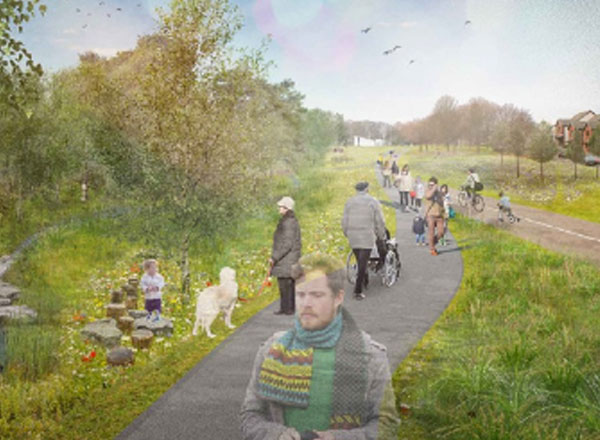

15/04/2025
Construction of a £70 million student accommodation development at 292-298 St Vincent Street in Glasgow has reached a significant milestone, with the building now visibly rising from the ground.
Drone footage has captured the progress of the project, which is a partnership between developer Artisa

15/04/2025
Energy regulator Ofgem is expected to confirm today (April 15) its finalised Connections Reform process, designed to expedite grid connections for renewable energy projects that are ready and crucial for achieving the UK's clean power targets for 2030 and beyond.
The new connections system, anticip
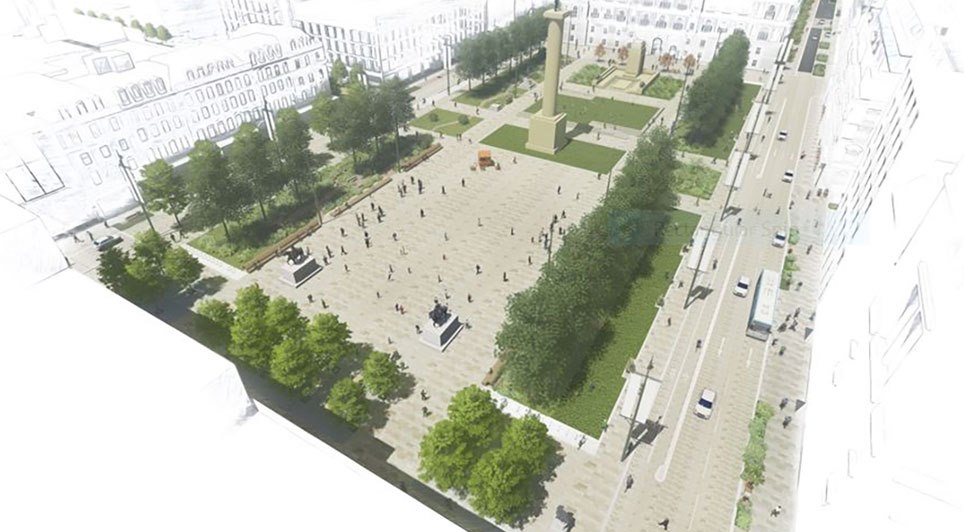
15/04/2025
The ambitious transformation of Glasgow’s landmark George Square has moved into a tangible phase with the commencement of the erection of hoardings around the perimeter of the civic space. Starting today, the hoardings will enclose the Square for the duration of its 18-month redevelopment.
The pane

15/04/2025
Members of the public are invited to attend a consultation feedback event to discuss the proposed infrastructure associated with a new underground electricity transmission cable between the Kinardochy and Errochty substations in Perthshire.
The event will take place on Monday, 28 April, from 4 pm t
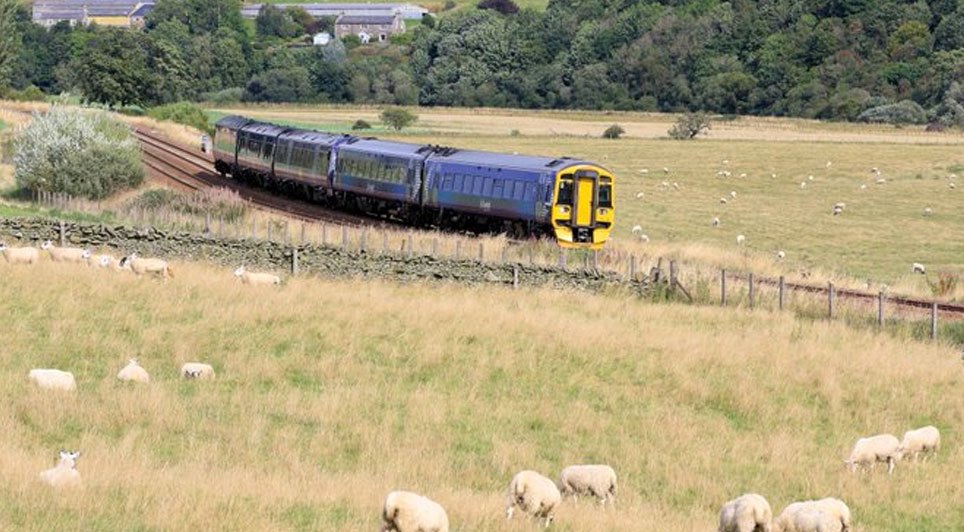
15/04/2025
Turner & Townsend have been appointed as project managers to develop a business case for the potential extension of the Borders Railway beyond its current terminus at Tweedbank to Hawick and Carlisle.
This key appointment will enable crucial work to progress on the project, including feasibility s

15/04/2025
Arran Community Renewables, a Community Benefit Society based on the Isle of Arran, has secured planning consent for a 6 MW solar farm. The Glenkiln Solar Farm, located approximately 1km west of Lamlash, is projected to generate 5,600MWh of clean renewable energy annually from 2027.
The £5 million
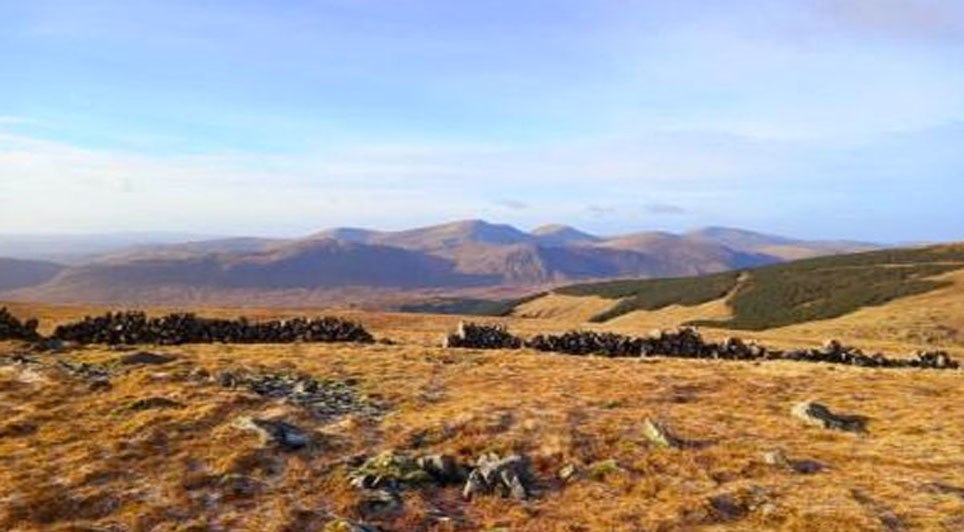
15/04/2025
A new Route Map has been published by the Scottish Land Commission (SLC) to ensure communities across Scotland secure tangible and long-lasting benefits from nature restoration projects and investment in the country's natural environment.
The practical guide is designed for landowners, developers,

15/04/2025
Award-winning principal contractor Procast Group has further expanded its presence across Scotland with the opening of a new base in Dumfries. The Hamilton-based firm has invested £30,000 in a new warehouse and office facility in the Maxwelltown Industrial Estate in Dumfries and Galloway, marking it
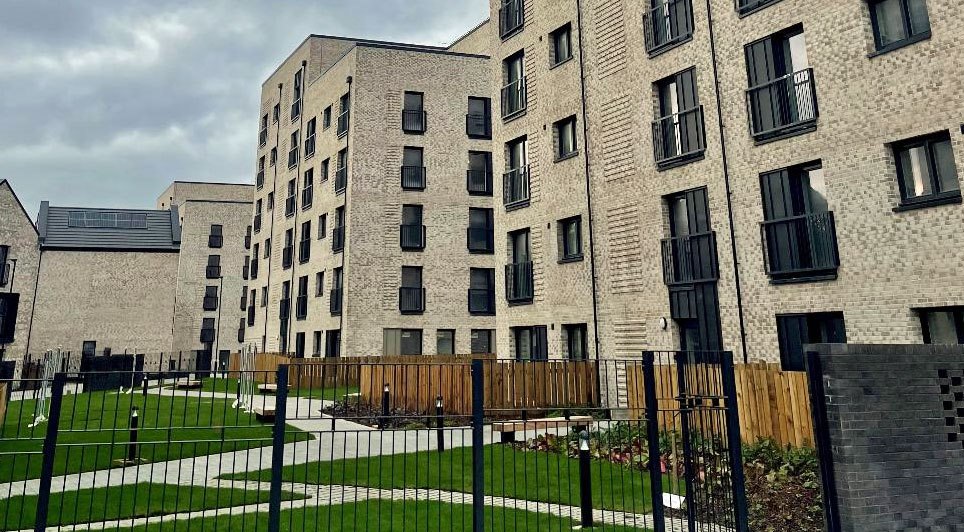
14/04/2025
Glasgow City Council's Affordable Housing Supply Programme (AHSP) facilitated the completion of over 1,000 new affordable homes in the city during the past year, despite facing budgetary reductions at the start of the financial year.
The initial grant of £78.687 million from the Scottish Government

14/04/2025
A key phase of Scottish Water's £11.5 million project to upgrade a strategic rising sewer main connecting Renfrew and Glasgow is set to begin, resulting in a significant road closure.
From Monday, 28 April 2025, Ferry Road in Renfrew will be closed to all vehicular traffic for a period of four mont
 Scotland
Scotland UK
UK Ireland
Ireland London
London










